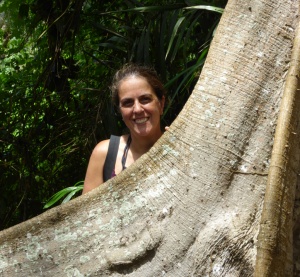Leal, A.I., Rainho, A., Martins, R.C., Granadeiro, J.P. & Palmeirim, J.M. (2016) Modelling future scenarios to improve woodland landscapes for birds in the Mediterranean.
Journal for Nature Conservation,
30, 103-112. DOI:10.1016/j.jnc.2016.02.001 (IF2016 1,657; Q2 Biodiversity Conservation)
Agro-silvo-pastoral systems occupy much of the Mediterranean region. Promoting landscape heterogeneity in these systems is a potentially valuable management strategy to enhance woodland biodiversity. We evaluated the effects on birds of managing patches of olive groves and riparian galleries to promote heterogeneity of these systems in Portugal.
For a large cork oak woodland we (i) used nesting season bird density estimates and habitat descriptors to generate suitability models for each studied species; (ii) identified areas suitable to establish new patches of riparian galleries and olive groves, and used this information to (iii) generate scenarios maps with different levels of cover of both habitats. Finally, (iv) the model of each bird species was applied over the future scenarios to estimate potential changes in its distribution and abundance.
Future scenarios with greater availability of riparian vegetation resulted in major increases in projected populations of seven of the 21 studied species, but gains with increases of olive groves were predicted in just three species. Bird species predicted to increase the most with the recovery of riparian vegetation are presently among the least abundant in the region. Restoring riparian galleries would be highly beneficial for birds, whereas promoting traditional olive groves would have lower conservation implications.
The methodology used proved helpful to select areas particularly appropriate for habitat management, generate simulated landscapes incorporating this management, and predict the population and spatial responses of species to these simulated scenarios, thus having a good potential to guide conservation management. Moreover, our results indicate that simple management measures should have substantial positive effects on the bird community of oak woodlands, without compromising the essential economic return of the system.



